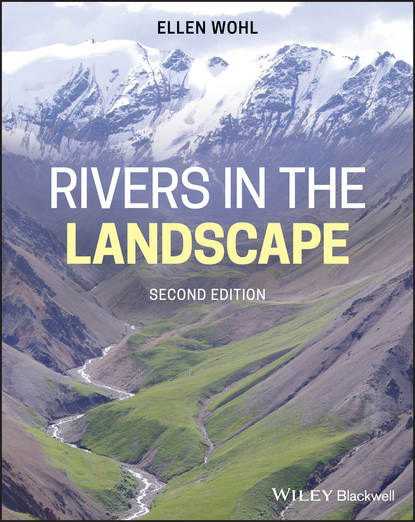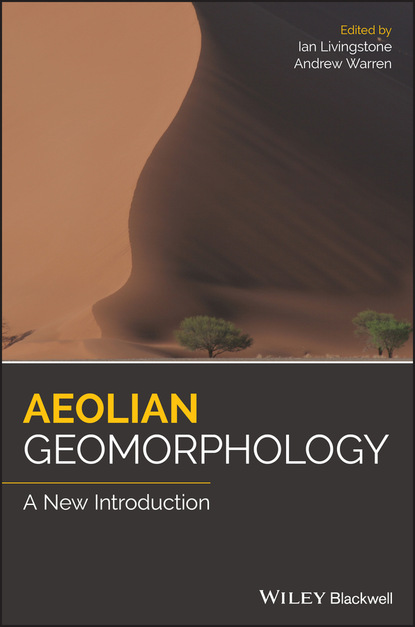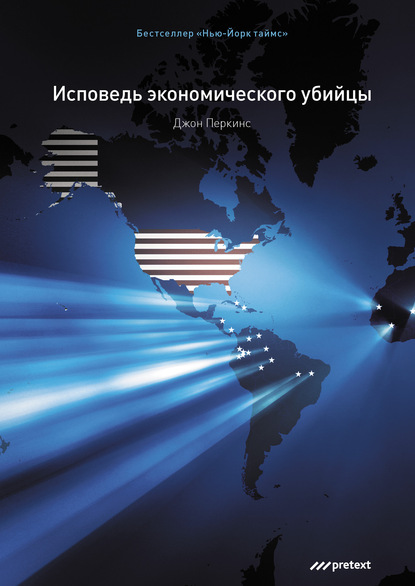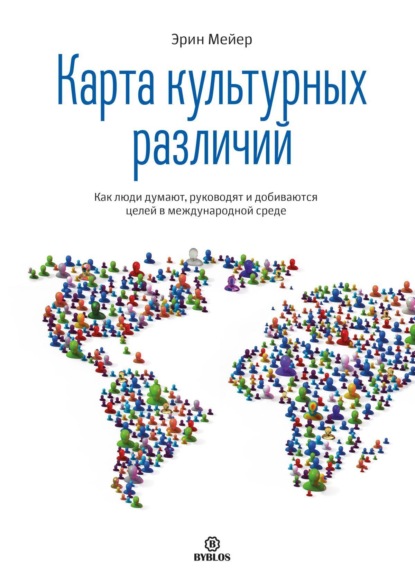Книга “Rivers in the Landscape” автора Ellen Wohl является описанием влияния рек на ландшафты Земли. В ней описывается, как реки влияют на рельеф и распределение растений и животных на территории. Книга содержит информацию о том, как тектонические процессы влияют на формирование рельефа, а также о миграции рек и создании сложной топографии. Она подходит для использования в качестве учебника для студентов, изучающих географию, а также для любителей природы, которые хотят узнать больше о реках и их влиянии на окружающую среду.
Rivers are the great creators of terrestrial land. Only a small number of places above water level on Earth do not belong to a drainage district. Even if some place is far from the river, it can still be affected by the channel flow. Geological upheaval raises the surface of the earth kilometers above the sea. When precipitation falls on a raised part of the ground, it concentrates in channels moving with sediment to the ocean. It also determines how abruptly the neighboring hills deviate especially in cases when the landscape scores. Rivers change their location in lowlands over time, creating an intricate arrangement of landscape locations: terraces and wetlands in the floodplains, and channels throughout them. The basic changes between altitude, soil textures, and moisture content along the terrain determine the pathways of underground water and the location of plants and living creatures. In Rivers in the Landscapes, Second Edition the author highlights the most crucial principles, visual models, as just as first hand accounts of each chapter dealt with in his comprehensive literature focusing on river processes. The text may seem appropriate for using in a class session or as an actual reference point centered on rivers. Applied to advanced undergraduates or similar graduates and experts seeking to obtain a tightly arranged version of physical rivers, Rivers in the Locations is designed on the following intentions: emphasized the embeddedness between rivers and their larger environments by considering clearly the interplay between the rivers and such phenomena as tectonic shifts, climatic conditions, life forms, and human engaged activities; have a very simple set of data on the present state of comprehension for the physical attributes of rivers; capture the plurality of river habitats, ranging from rivers in high elevations, the sources of water, and big rivers in broad, low-lying flood zones and all the way through to arctic and tropical regions; illustrate the different techniques that researchers use to understand and analyze river attributes, among these, remote observation, real-world measurements, methodologies, and digital simulations display an increase extension in quantification in geomorphologic assessments of rivers and apparent knowledge about visible objects; present both accounts of the classic works on every subject and a key for the most recent and revealing works.
Электронная Книга «Rivers in the Landscape» написана автором Ellen Wohl в году.
Минимальный возраст читателя: 0
Язык: Английский
ISBN: 9781119535478
Описание книги от Ellen Wohl
Rivers are the great shapers of terrestrial landscapes. Very few points on Earth above sea level do not lie within a drainage basin. Even points distant from the nearest channel are likely to be influenced by that channel. Tectonic uplift raises rock thousands of meters above sea level. Precipitation falling on the uplifted terrain concentrates into channels that carry sediment downward to the oceans and influence the steepness of adjacent hill slopes by governing the rate at which the landscape incises. Rivers migrate laterally across lowlands, creating a complex topography of terraces, floodplain wetlands and channels. Subtle differences in elevation, grain size, and soil moisture across this topography control the movement of ground water and the distribution of plants and animals. Rivers in the Landscape, Second Edition, emphasizes general principles and conceptual models, as well as concrete examples of each topic drawn from the extensive literature on river process and form. The book is suitable for use as a course text or a general reference on rivers. Aimed at advanced undergraduate students, graduate students, and professionals looking for a concise summary of physical aspects of rivers, Rivers in the Landscape is designed to: emphasize the connectivity between rivers and the greater landscape by explicitly considering the interactions between rivers and tectonics, climate, biota, and human activities; provide a concise summary of the current state of knowledge for physical process and form in rivers; reflect the diversity of river environments, from mountainous, headwater channels to large, lowland, floodplain rivers and from the arctic to the tropics; reflect the diverse methods that scientists use to characterize and understand river process and form, including remote sensing, field measurements, physical experiments, and numerical simulations; reflect the increasing emphasis on quantification in fluvial geomorphology and the study of Earth surfaces in general; provide both an introduction to the classic, foundational papers on each topic, and a guide to the latest, particularly insightful and integrative references.



















